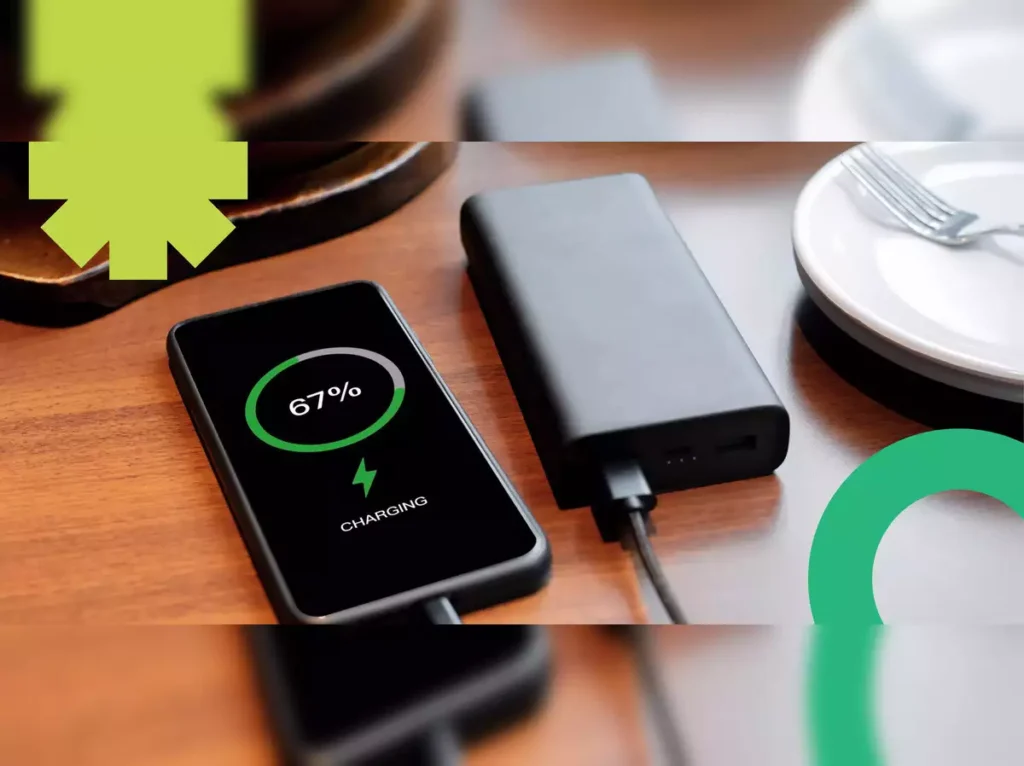Understanding Fast Charging Technology

Fast charging technology has revolutionized the way we recharge our smartphones, significantly reducing the time required to achieve a full battery. The principle behind fast charging lies in the ability to deliver higher power levels to the device during the charging process. This is accomplished through specific charging standards that dictate how much voltage and current can be supplied safely.
Prominent among these standards is Qualcomm’s Quick Charge technology, which allows compatible devices to charge much faster than with standard chargers. Quick Charge works by dynamically increasing the voltage supplied to the device, thus reducing the overall charging time. Another widely recognized standard is USB Power Delivery (USB PD), offering a more universal approach by enabling higher power levels across a variety of devices, including smartphones, tablets, and laptops. Both of these charging technologies require compatible accessories, such as cables and power banks, to provide fast charging capabilities.
Using a power bank that supports fast charging technologies provides several benefits. Aside from reduced charging times, such power banks can often be more versatile, capable of charging multiple devices simultaneously or providing higher energy outputs. This feature is particularly beneficial for users who rely on their devices throughout the day and require quick top-ups on the go. However, users must remain aware of compatibility issues that may arise. Not all devices support fast charging, and using a power bank with an incompatible standard may result in slower charging speeds.
When selecting a power bank for fast charging, users should pay close attention to the specifications. Look for the output ratings indicated in volts (V) and amperes (A), as well as compatibility with the desired fast charging standard. Checking for certifications and product ratings can ensure optimal performance. Understanding these elements will enable users to maximize their fast charging experience effectively.
Top Features to Look for in a Fast Charging Power Bank
When selecting a power bank for fast charging, several essential features need consideration to ensure it meets your specific requirements. One of the primary aspects is the battery capacity, typically measured in milliampere-hours (mAh). A higher mAh rating indicates a greater ability to store energy, allowing the device to charge smartphones multiple times before needing a recharge itself. For fast charging, look for power banks with at least 10,000 mAh for optimal performance.
Another critical factor is the output power, measured in watts (W). Power banks with higher output wattage provide faster charging speeds. Many smartphones support rapid charging technologies; thus, choosing a power bank with at least 18W output ensures compatibility with these charging standards. It’s also beneficial to check if the power bank supports various fast charging protocols, such as Qualcomm Quick Charge or Power Delivery.
The number of ports available in a power bank is also significant. A model with multiple USB ports allows for charging several devices simultaneously, which is particularly useful for users with multiple gadgets. Additionally, assess the portability of the power bank. Lightweight and compact designs are preferable for people who travel frequently and need a convenient charging solution.
Durability should not be overlooked, as a robust design can withstand the rigors of daily use. Look for power banks that feature rugged exteriors or additional safety mechanisms to prevent overheating and overcharging. Lastly, consider the inclusion of additional functionalities, such as pass-through charging, which allows users to charge the power bank while charging their devices, or built-in cables for added convenience. By evaluating these features, one can select a power bank that significantly enhances the charging experience.
Reviews of the Best Fast Charging Power Banks
In the rapidly advancing world of technology, having a reliable power bank can significantly enhance your smartphone experience, particularly for those who require fast charging capabilities. Here, we present a curated selection of the top power banks that excel in delivering quick energy replenishment. Each of these solutions is designed to meet diverse needs, accommodating various budgets while ensuring optimal performance.
The Anker PowerCore III 10K stands out for its compact design and impressive output. With a capacity of 10,000mAh, it can provide multiple charges for smartphones. The inclusion of PowerIQ and VoltageBoost technology ensures fast charging, making it an ideal choice for on-the-go users. Generally priced around $30, this power bank is highly recommended for those who want efficiency without a hefty investment. Its only drawback could be that it lacks an AC outlet, limiting its versatility for other devices.
Next on our list is the Aukey 20000mAh Power Bank, featuring an extensive capacity that caters to heavy users. This power bank supports Quick Charge 3.0 and simultaneously charges multiple devices without compromising speed. Its pricing hovers around $40, placing it slightly higher but justifiable given its performance. However, it may be bulkier than smaller models, which could pose an issue for portability.
For users looking for a premium option, the RAVPower 26800mAh power bank delivers exceptional charging speed thanks to its three USB ports and a capacity capable of charging multiple devices multiple times. Priced near $50, it is a worthwhile investment for frequent travelers. The only downside could be its larger size, which may not fit conveniently in smaller bags.
Lastly, the Zendure A2 power bank offers a great combination of portability and fast charging capabilities, holding a capacity of 6,700mAh. Its rugged design is perfect for outdoor enthusiasts, priced reasonably at approximately $30. However, it may not provide as many charges as larger models, which might make it less suitable for extended trips.
In this selection, we aimed to provide a range of options that combine fast charging capabilities with varying budgets, ensuring all readers will find a suitable power bank for their specific needs.
How to Properly Use and Maintain Your Power Bank
To ensure optimal performance and longevity of your power bank, it is essential to follow specific best practices. First and foremost, it is advisable to charge your power bank regularly, even if you do not plan to use it immediately. This helps maintain battery health and prevents it from entering a deep discharge state. When charging your power bank, use the original charger and cable provided by the manufacturer, as this will help avoid any compatibility issues that might lead to overheating or inefficiency.
Keeping the power bank in a cool environment is equally important. High temperatures can adversely affect battery performance and lifespan, leading to potential problems. It is recommended to store your power bank away from direct sunlight and heat sources. Additionally, avoid using your power bank while it is charging; this practice can lead to overheating and reduce the device’s efficacy over time.
Safe usage practices are also critical to prevent damage. Handle your power bank with care, avoid dropping it, and keep it away from liquids. Many users may believe that a power bank does not require much attention; however, regular inspections for signs of damage, such as bulging or unusual heat, are crucial. If you observe any issues, discontinue use immediately and consider replacing the device.
As technology evolves, a power bank’s optimal lifespan generally ranges from 500 to 1000 charge cycles. Therefore, when you notice significantly reduced capacity or extended charging times, it is time to contemplate a replacement. Common misconceptions include the belief that all power banks are identical; in reality, quality can vary significantly based on the manufacturer. Lastly, should you encounter charging problems, troubleshooting steps like checking cables and ports for dirt or wear can often resolve issues before seeking professional assistance.

